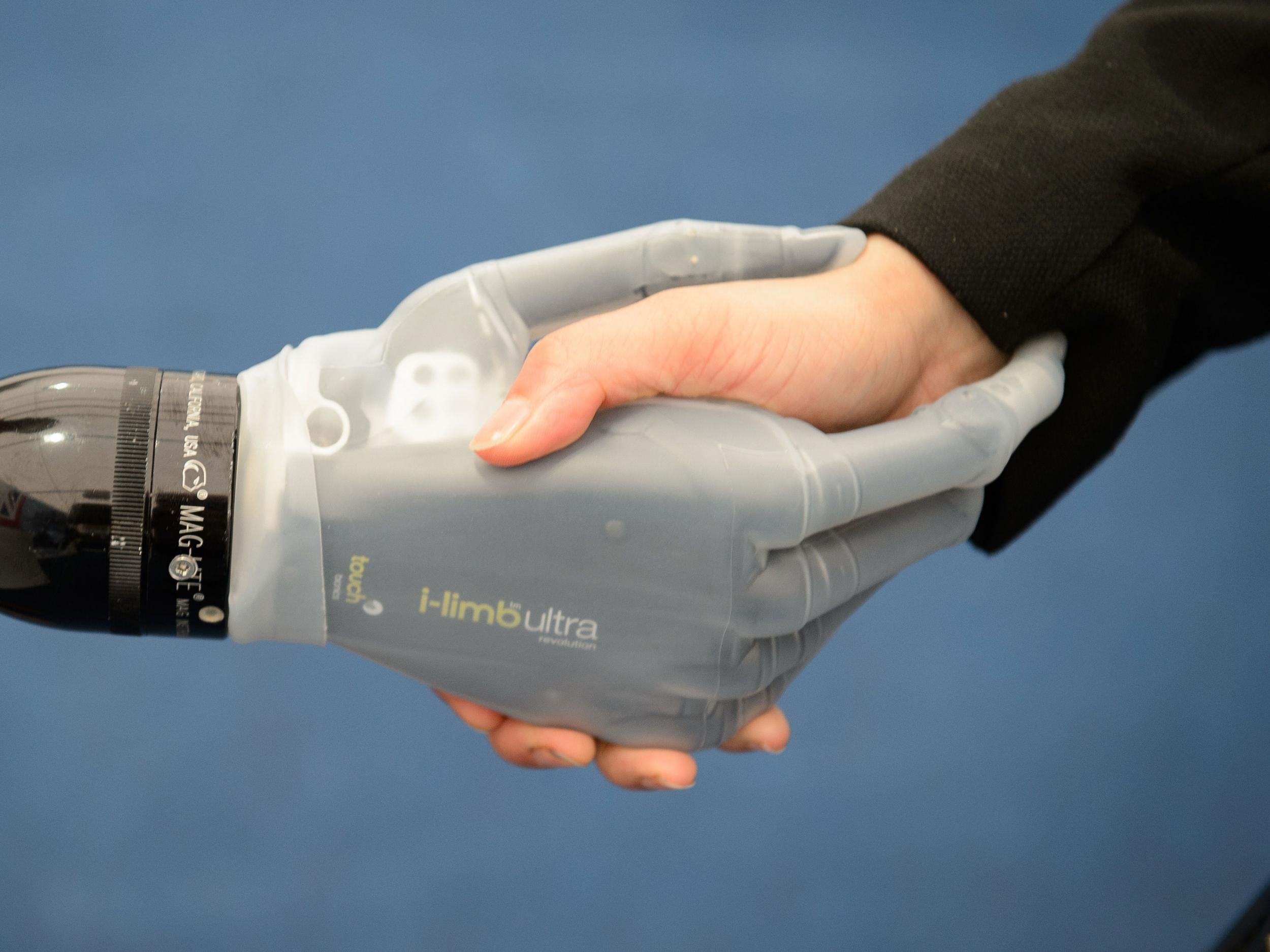Robots taught to feel pain by German researchers
Teaching robots to feel pain could help keep them and their human colleagues safer in the future

Your support helps us to tell the story
From reproductive rights to climate change to Big Tech, The Independent is on the ground when the story is developing. Whether it's investigating the financials of Elon Musk's pro-Trump PAC or producing our latest documentary, 'The A Word', which shines a light on the American women fighting for reproductive rights, we know how important it is to parse out the facts from the messaging.
At such a critical moment in US history, we need reporters on the ground. Your donation allows us to keep sending journalists to speak to both sides of the story.
The Independent is trusted by Americans across the entire political spectrum. And unlike many other quality news outlets, we choose not to lock Americans out of our reporting and analysis with paywalls. We believe quality journalism should be available to everyone, paid for by those who can afford it.
Your support makes all the difference.German researchers are teaching robots to feel pain.
Johannes Kuehn and Sami Haddadin, from Hannover's Leibniz University, are hard at work creating an artificial nervous system which could be used to make robots experience 'painful' sensations.
The idea is to allow the machines to detect things around them that could cause them damage.
For example, if a robotic arm got jammed in a piece of machinery, the 'painful' sensation may make it try to remove itself, in the same way a human would instictively pull their hand away from a sharp object.
As Johannes Kuehn, one of the researchers on the project, told IEEE Spectrum: "Pain is a system that protects us. When we evade from the source of pain, it helps us not get hurt."
This mechanism can also be applied to robots, even if they might not feel pain in the same way we do.
While their project could potentially protect robots from damage, it might help keep their human colleagues safer as well.
In the future, a growing number of robots may be working side-by-side with humans, and by teaching them to avoid painful collisions or accidents, the chances of a human worker getting hit on the head by a giant robot arm might be reduced.
In tests, the researchers equipped a robot arm with a small fingertip sensor, covered with artificial tissue which mimics the structure of human skin.
The sensor transmits 'pain' sensations when it detects hard pressure or high temperature, and can even classify different inputs as 'mild', 'medium' or 'severe' pain.
If the sensor is squeezed or pressed, the arm leaps out of the way, just like a human would if someone applied too much pressure to a fingertip.
It's early days for the technology, but it may become essential as robots become a bigger part of our lives.
Join our commenting forum
Join thought-provoking conversations, follow other Independent readers and see their replies
Comments